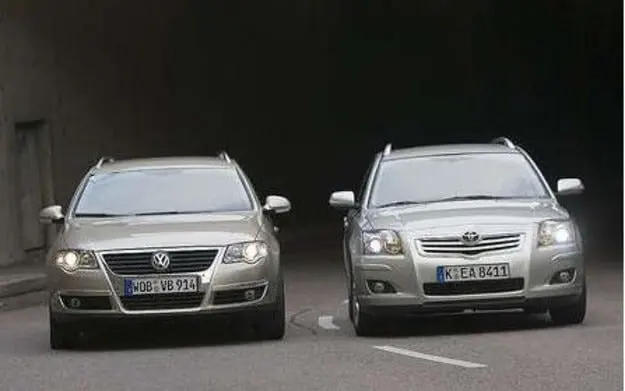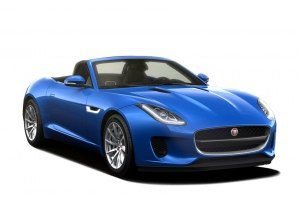
Test drive VW Passat against Toyota Avensis: duel Combi

Large interior volume, low fuel consumption: this is the concept behind the Toyota Avensis Combi and VW Passat Variant. The only question is, how well do the base diesels cope with the drive of both models?
Toyota Avensis Combi and VW Passat Variant flirt with their practicality, visible in every detail. But that's the end of the similarities between the two models, and that's where the differences begin - while the Passat grabs attention with its large, shiny chrome grille, the Avensis remains understated to the end.
The Passat wins in terms of interior space – thanks to its larger external dimensions and more rational use of useful volume, the model offers more space for passengers and their luggage. Space for the head and legs of the rear passengers will be enough for both rivals, but the Passat has one idea more space than the “Japanese”. The same can be said about the cargo space: from 520 to 1500 liters in the Avensis and from 603 to 1731 liters in the VW Passat, the load capacity is 432 and 568 kilograms respectively. The Passat sets standards in at least two other disciplines: the quality of the materials used and ergonomics. Compared to its German competitor, the Avensis' cabin is starting to look rather plain. Otherwise, the quality of workmanship and functionality in both models is approximately at the same high level, the same applies to seat comfort.
In the case of engines, the two manufacturers took fundamentally different paths. Under the hood of VW, our well-known 1,9-liter TDI with 105 hp thunders merrily. from. and 250 Nm at 1900 crankshaft revolutions per minute. Unfortunately, the weight of the car speaks for itself, and the nimble engine tends to be difficult to overcome when starting off, accelerates relatively slowly, and looks overloaded at high speeds. This is not the case with the new Avensis engine: despite the lack of balancing shafts, the two-liter four-cylinder with 126 hp. The village works almost like a clock. Even before 2000 rpm, the thrust is quite decent, and at 2500 rpm it even becomes impressive.
Unfortunately, not everything about Toyota looks as good as the engine. The large turning radius (12,2 meters) and the indirect engagement of the steering system are significant disadvantages. On sharper maneuvers, the suspension, which is fully adjusted to the comfort side, causes a strong lateral tilt of the body. The denser Passat is much more confident in cornering, even under full load. With neutral cornering and extremely precise handling, it delivers even real driving pleasure, just one of the reasons the Passat continues to win this competitive test.
2020-08-30

